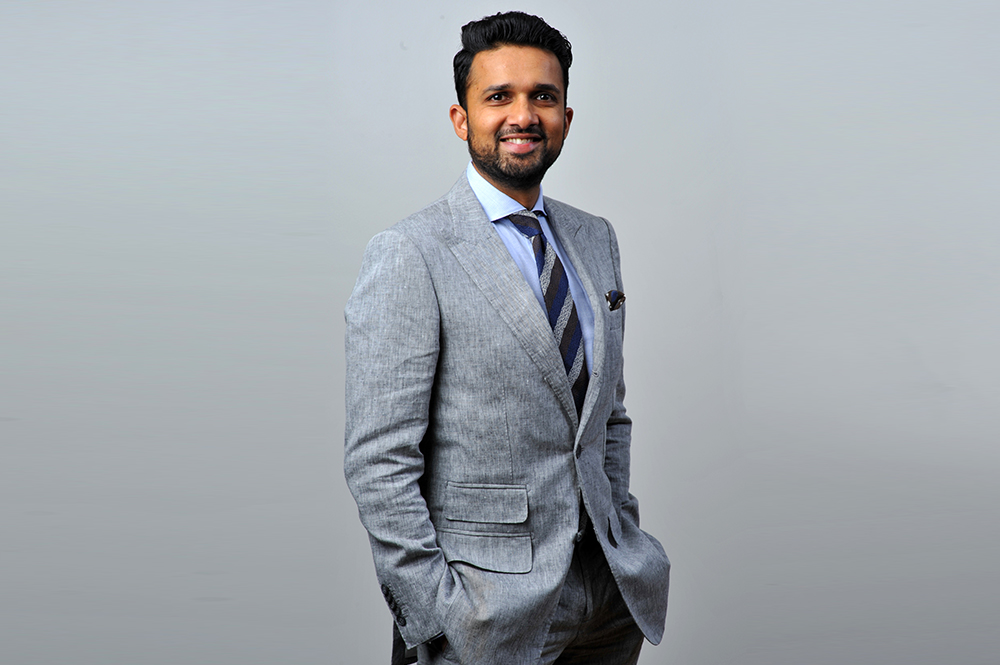
On 19 September, IIFL Wealth Management Ltd, part of the larger IIFL Group, became India’s first major stand-alone listed wealth management company. Its market capitalization was ₹11,127 crore (as of 10 October). Yatin Shah, co-founder and executive director at IIFL Wealth Management, speaks to Mint about the changes in the wealth management space and what clients look for
How has wealth management in India changed over the past few decades?
In the late 1990s and early 2000s, wealth management was more about product distribution. It was a crowded market and it was difficult for customers to distinguish between a distributor, banker, broker, wealth manager and adviser. People would recommend investments and if the outcome was not good, there was no ownership from the adviser or distributor.
There was a huge increase in the distribution of financial products post 2000. But India just copied the West. In the ’70s, ’80s and ’90s in the West, there was a broker-distributor model. You engaged with clients by doing PMS (portfolio management services), mutual funds, insurance and broking. Post the 2008 financial crisis, a reckoning happened and people began to distinguish between service providers. It is at that time that IIFL Wealth was born. As we built our franchise from 2008-2012, the crisis was still unfolding and people saw massive losses. Every client who had dealt with a broker, adviser or distributor had his own set of experiences of portfolios suffering. The kind of volatility this brought in helped us understand what clients were looking for.
Then it became more about managing volatility and looking for alpha which could beat the index, with diversification. We caught on that trend much earlier than other service providers.
How do the rich invest differently compared to the ‘aam aadmi’?
There could be differences from the perspective of cash flows. For retail investors, cash flows come from salary. Money that’s left over goes into financial investments through SIPs. For high net-worth individuals, cash flows may not be monthly. They could be in lump sum—through dividends, monetizing businesses etc. However, when it comes to asset allocation or investment objectives and horizons, all of that is more to do with risk appetite than wealth. Also, sometimes instruments could be different. AIFs (alternate investment funds) have a minimum investment threshold of ₹1 crore; for PMS, it is ₹25 lakh. Retail investors may not have access to these instruments.
Last year, Sebi announced major reforms such as ban on upfront commissions and TER (total expense ratio) cuts. Will all this lead to consolidation in wealth management as smaller companies are being driven out?
Globally, changes in regulation are coming. Investors are given the choice of registered investment advisers (RIAs) or broker-dealers. IIFL Wealth has embraced this change and we believe that it is right to have an alignment with clients. TER curbs are a natural progression of any market. In India, clients can choose between RIAs and broker-dealers. In the RIA model, you don’t earn commissions or brokerage on any execution you do for the client. It is a very powerful and transparent tool to engage with the client. Today our industry is compensated higher if the client chooses equity and lower if he chooses fixed income. For example, the expense ratio is higher for equity mutual funds or for PMS. More and more of our clients are seeing the advantage of being in advisory, and we have a proposition— IIFL One—for that. The last 15-18 months have been a tough cycle for equities and the number of clients investing in equity or risky assets has come down. From that perspective, there is a de-growth in distribution income. However, what you should see is the AUM (assets under management) growth.
You have raised a lot of money from market-linked debentures, also called structured products. How do they work for you and the investors?
IIFL Wealth Finance is a very unique NBFC. Our clients look for value proposition and a platform. A lot of things go into our platform like broking, research, asset allocation, third-party products, NBFC, trust services and Liberalised Remittance Scheme (LRS) investments. So our current AUM is around ₹1.6 trillion. Around 4-6% of our AUM, the client may end up borrowing from us. We provide this service only to our wealth management clients against only liquid financial assets. This makes the NBFC a unique service provider. It’s a 100% subsidiary of IIFL Wealth and its service is provided only to our clients. In addition, we borrow money from our clients which takes the form of structured notes. In fact, we might be the only NBFC with a positive ALM (asset-liability mismatch). For example, we raise structured notes for one, two and three years because they are tax-efficient as they are secured and listed.
Our clients are borrowing and lending. Due to provisioning and RBI rules, we charge a spread. There is no operational expenditure sitting in the NBFC. There are no employees going and distributing loans. All our 300 relationship managers cater to the short-term borrowing needs of clients—it could be for IPOs, it could be because FMPs are maturing in three-four months and redeeming today will result in a 30% tax, it could be for a new business and the client doesn’t want to go to a bank.

Read the original article:
Mint
